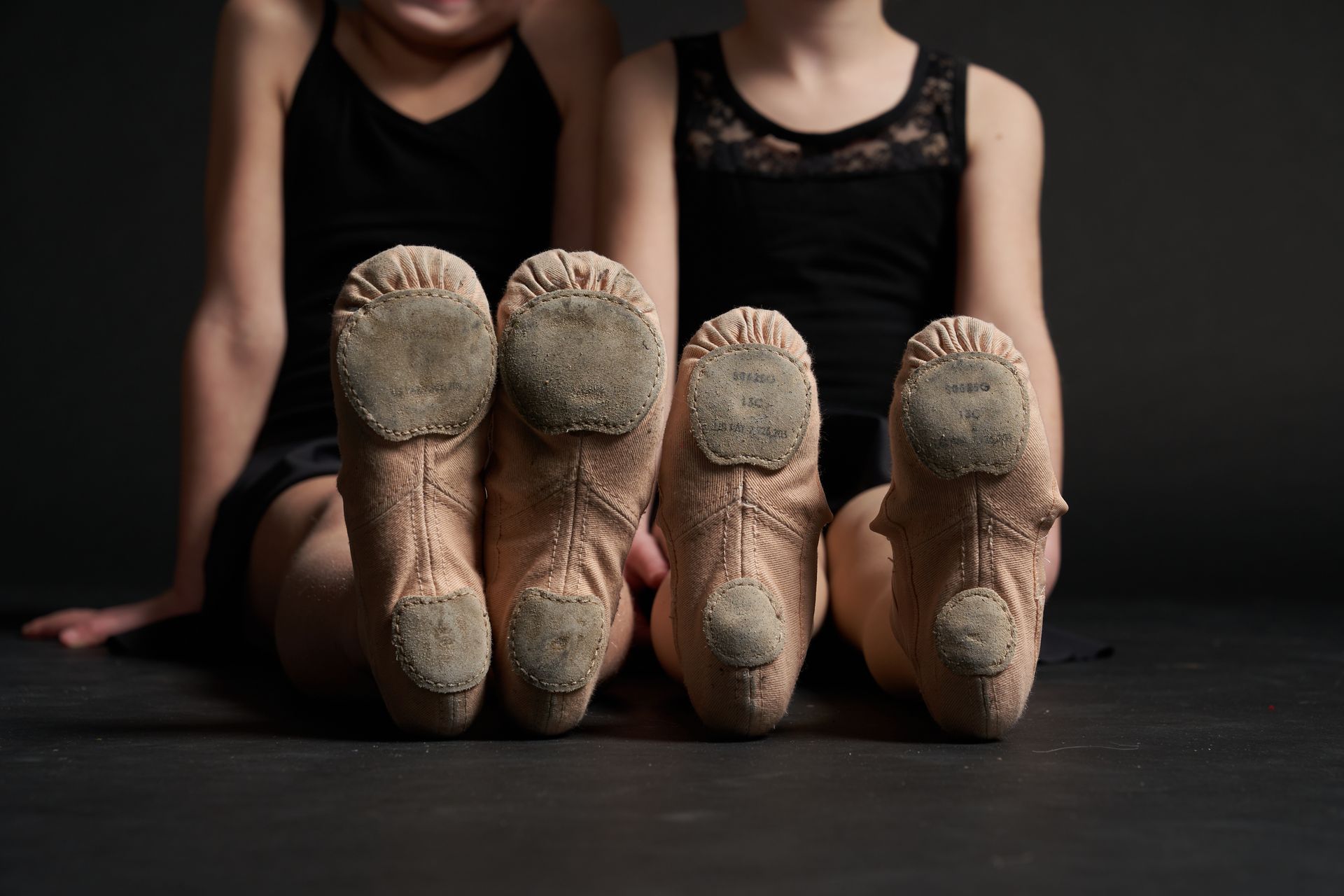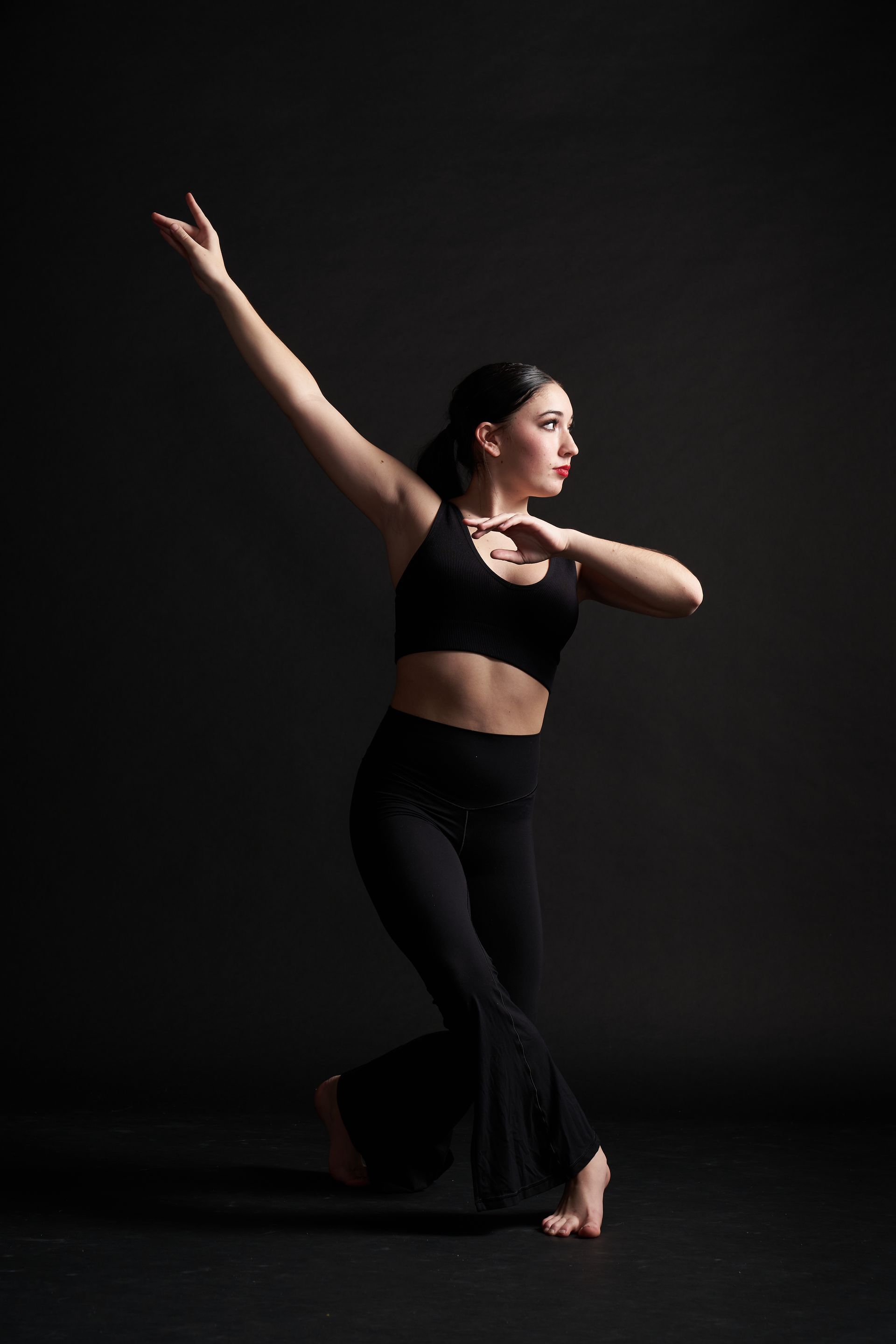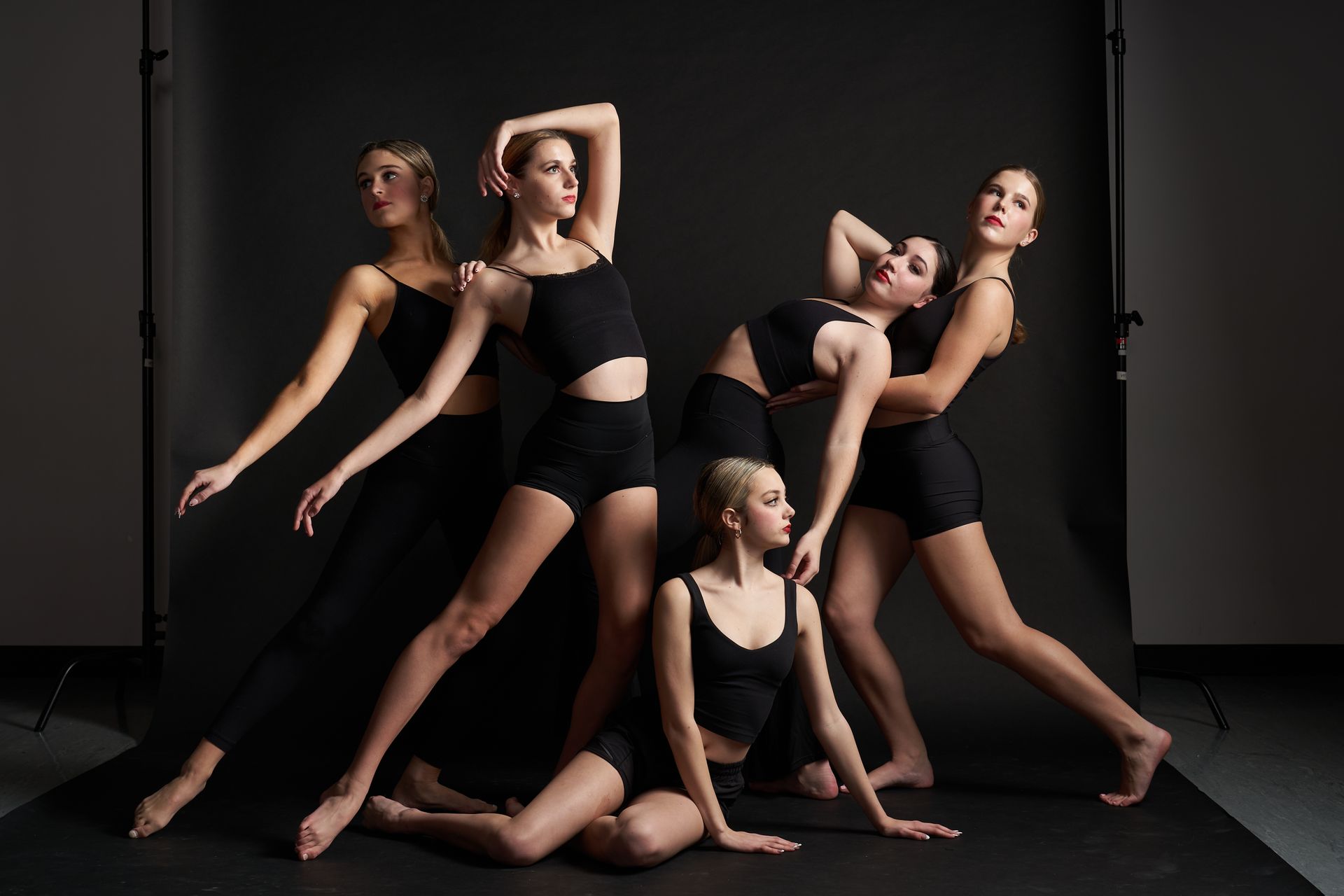Discover the Art and Rhythm of Tap Dance: A Journey of Expression and Learning
Pennsylvania Academy of Dance Arts
Tap dance, an exhilarating dance form that combines rhythm, music, and movement, has captivated audiences for decades. Not only is it an art form that exudes joy and creativity, but tap dance also holds historical significance and offers numerous benefits for dancers of all ages. Here at PADA, we aim to explore tap dance education, delve into its rich history, highlight various styles of tap dance, emphasize the valuable skills it teaches our dancers, explain its importance in other dance styles, and shed light on why parents should consider enrolling their children in PADA's tap dance classes.
Tap Dance Education
Tap dance education is an excellent way for aspiring dancers to immerse themselves in the art form. PADA (Pennsylvania Academy of Dance Arts) is dedicated to providing comprehensive tap dance education, catering to students of all ages and skill levels. Through structured classes, students learn the fundamental techniques of tap dance, including intricate footwork, rhythmic patterns, and syncopation. PADA's experienced instructors create a nurturing environment that encourages creativity, self-expression, and personal growth.
Tap Dance History
Tap dance has a rich and vibrant history deeply rooted in African, Irish, and English dance traditions. According to the Library of Congress, initially a fusion of British and West African musical and step-dance traditions in America, tap emerged in the southern United States in the 1700s. This style was influenced by the fusion of cultures in New Orleans. Over the years, tap dance evolved, incorporating elements of jazz and swing music. It gained popularity through legendary performers like Bill "Bojangles" Robinson, Fred Astaire, and Gene Kelly, who showcased its versatility and captivating rhythms on stage and in films.
Styles of Tap Dance
Tap dance encompasses various styles, each with its unique characteristics and origins. Some prominent tap dance styles include:
- Broadway Tap: This style is characterized by its theatrical elements, incorporating elements of jazz and musical theater. It emphasizes storytelling, expression, and synchronization with music.
- Rhythm Tap: Focusing on intricate footwork and complex rhythms, rhythm tap emphasizes musicality and improvisation. It allows dancers to create their unique sound and style through syncopation and intricate foot patterns.
- Hoofing: Hoofing is known for its percussive footwork, combining intricate rhythms with elements of percussion. This style places a strong emphasis on improvisation and individuality.
Benefits of Tap Dance
Tap dance offers a multitude of benefits for dancers, both physically and mentally. Here are a few key advantages of taking tap dance classes:
- Rhythm and Coordination: Tap dance enhances rhythm, timing, and coordination skills. Dancers develop a keen sense of musicality and learn to synchronize their movements with complex rhythms.
- Musical Appreciation: Tap dancers develop a deep appreciation for music, as they learn to interpret and express themselves through rhythmic patterns and beats.
- Confidence and Self-Expression: Tap dance fosters self-confidence and self-expression. Dancers gain a sense of individuality as they explore different movements, rhythms, and styles.
Importance for Other Dance Styles
Tap dance serves as a solid foundation for dancers pursuing other dance styles. This style's emphasis on rhythm, coordination, and musicality enhances dancers' abilities to excel in various genres, such as jazz, ballet, and contemporary dance. The rhythmic precision acquired in tap dance can greatly enhance a dancer's overall technique and versatility.
Why Enroll in PADA's Tap Classes
PADA's tap dance classes provide a nurturing and inspiring environment for children to discover and develop their tap dance skills. With experienced instructors and a comprehensive curriculum, PADA ensures that students receive quality education and guidance. Enrolling children in PADA's tap classes not only fosters a love for dance but also instills discipline, teamwork, and a passion for self-expression. Moreover, PADA's commitment to a friendly and creative learning environment ensures that every child feels encouraged and supported on their tap dance journey.
Conclusion
Tap dance education offers a multitude of benefits, from enhancing rhythmic skills to fostering self-expression and confidence. With its rich history, diverse styles, and valuable skills, tap dance serves as a foundation for dancers pursuing various dance genres. Enrolling children in PADA's tap dance classes ensures they receive a quality education in an environment that nurtures their creativity and passion for dance, paving the way for a fulfilling and rewarding journey in the world of tap dance.





Share On: